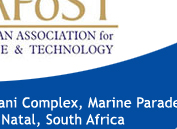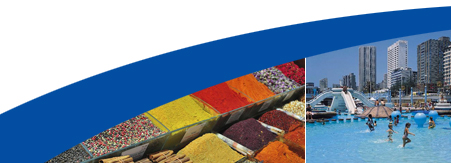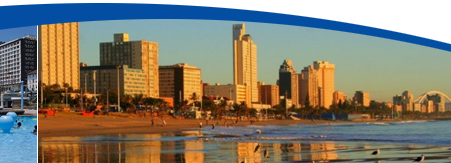Oral Presentation Guidelines and Instructions to Presenters
Presenters are required to register and pay their fees for the congress.
The presenting author is required to be present at the congress to do their presentation.
Presentation slots are, please refer to the congress programme on the website to identify the type of session you are in:
20 minutes for most parallel sessions (15 – 17 minutes talk time and 3 – 5 minutes for questions and answers)
Select parallel sessions are 30 minutes (25 – 27 minutes talk time and 3 – 5 minutes for questions and answers)
The Young Scientist Research Section is made up of 15 minute presentation slots (10 – 12 minutes talk time and 3 – 5 minutes for questions and answers)
Presenting authors will be required to upload their presentation/s onto the server preferably 24 hours prior to their presentation time. This can be done at the Speaker Preparation Centre, there will be technicians available to assist with this process and it gives the presenters the opportunity to run through their slides to make sure it is working correctly in advance.
Presentations should be prepared in Microsoft Office PowerPoint 2000 or later.
If a presenter wishes to withdraw their presentations, they should email Kerryf@turnergroup.co.za at their earliest convenience so as to avoid gaps in the congress programme.
Electronic Poster Presentations
Electronic posters should be 4 x 3 Format LANDSCAPE.
Electronic posters can be sent as JPG, PNG, PDF or PowerPoint files.
Electronic posters are limited 3 pages per poster.
Electronic posters are mandatory.
Electronic poster should be emailed to Kerryf@turnergroup.co.za by no later than 17th August 2015.
Printed Poster Presentations
All posters must conform to the following guidelines:
Paper Size
A0 - 841mm x 1090 mm PORTRAIT.
Layout
A poster should include a clearly visible title at the top centre, followed by author and affiliation information underneath, including e-mail address / addresses. Body of the poster may start with a short introduction at the top left corner, followed by methods and results, with conclusion at the lower right corner.
Graphics
Effective visual display of information is essential in a poster presentation. To achieve this goal, author(s) should concentrate on two or three main points and should prefer graphic displays over text to illustrate their message effectively. Overall, a poster should have more graphics than text. In addition, graphics should be simple to understand, with contrasting colors and no grid lines.
Text
Poster text should be easily readable from a distance of 1-2 metres, and 1.5 or 2 lines of spaces should be used between each line. It is advised that authors should also pay attention to the following points:
- Headings should be 25 % larger than normal text. Bold or other colors may be used.
- Text should be kept to a minimum, and each block of text should include no more than a few sentences.
- Larger than usual fonts may be used in results and discussion sections to draw attention, while smaller fonts may be preferred for methods.
- Smaller fonts may be used for citations and acknowledgement.
- Suggested font sizes are:
- Main title: 78 -96 pt (bold, uppercase)
- Author(s): 72 pt (bold, title case)
- Affiliation(s): 48 pt (normal, title case)
- subheading: 36 pt (bold and uppercase)
- subheading: 30 pt (bold and title case)
- Body of the text: 24 pt (normal)













